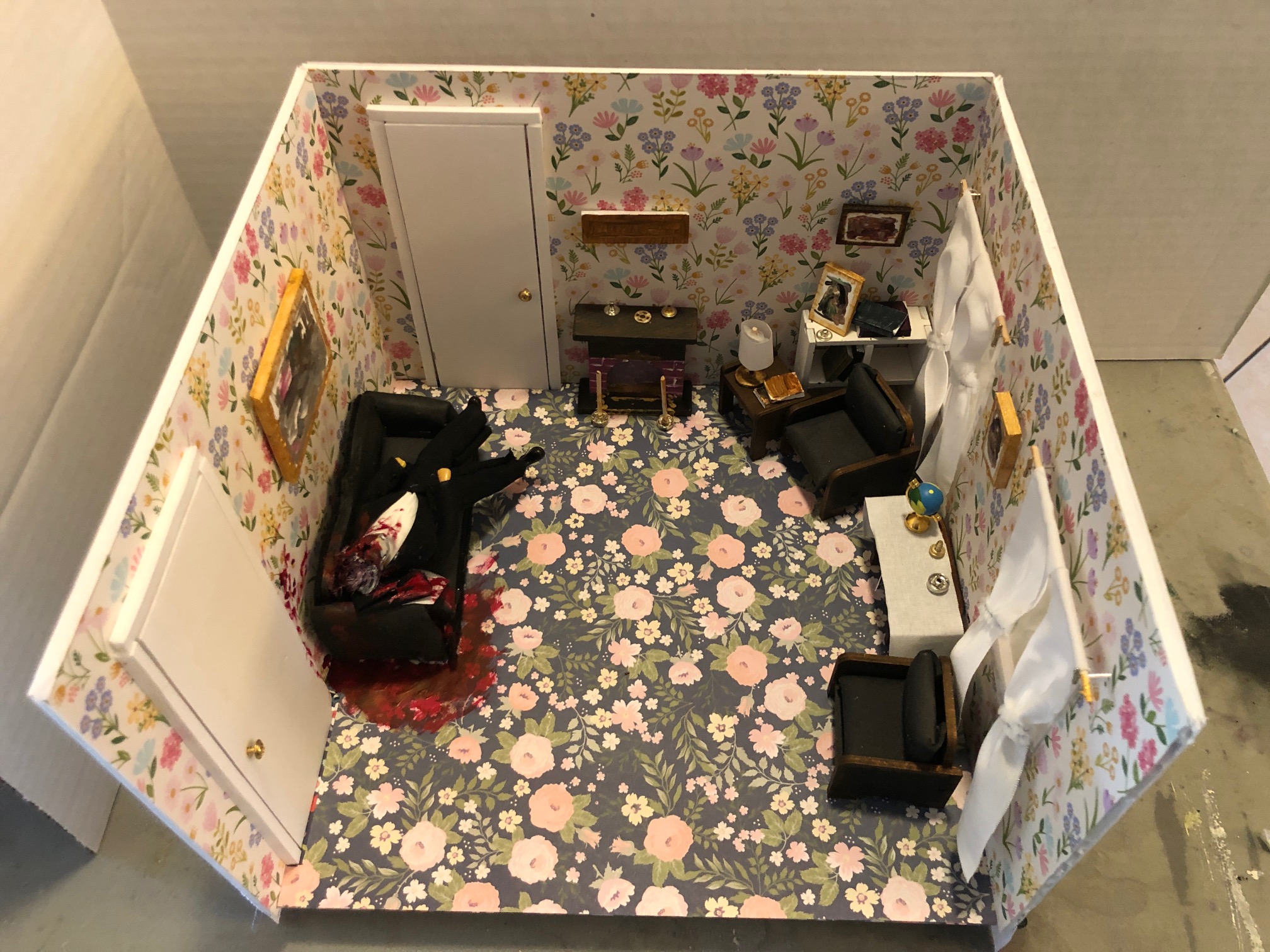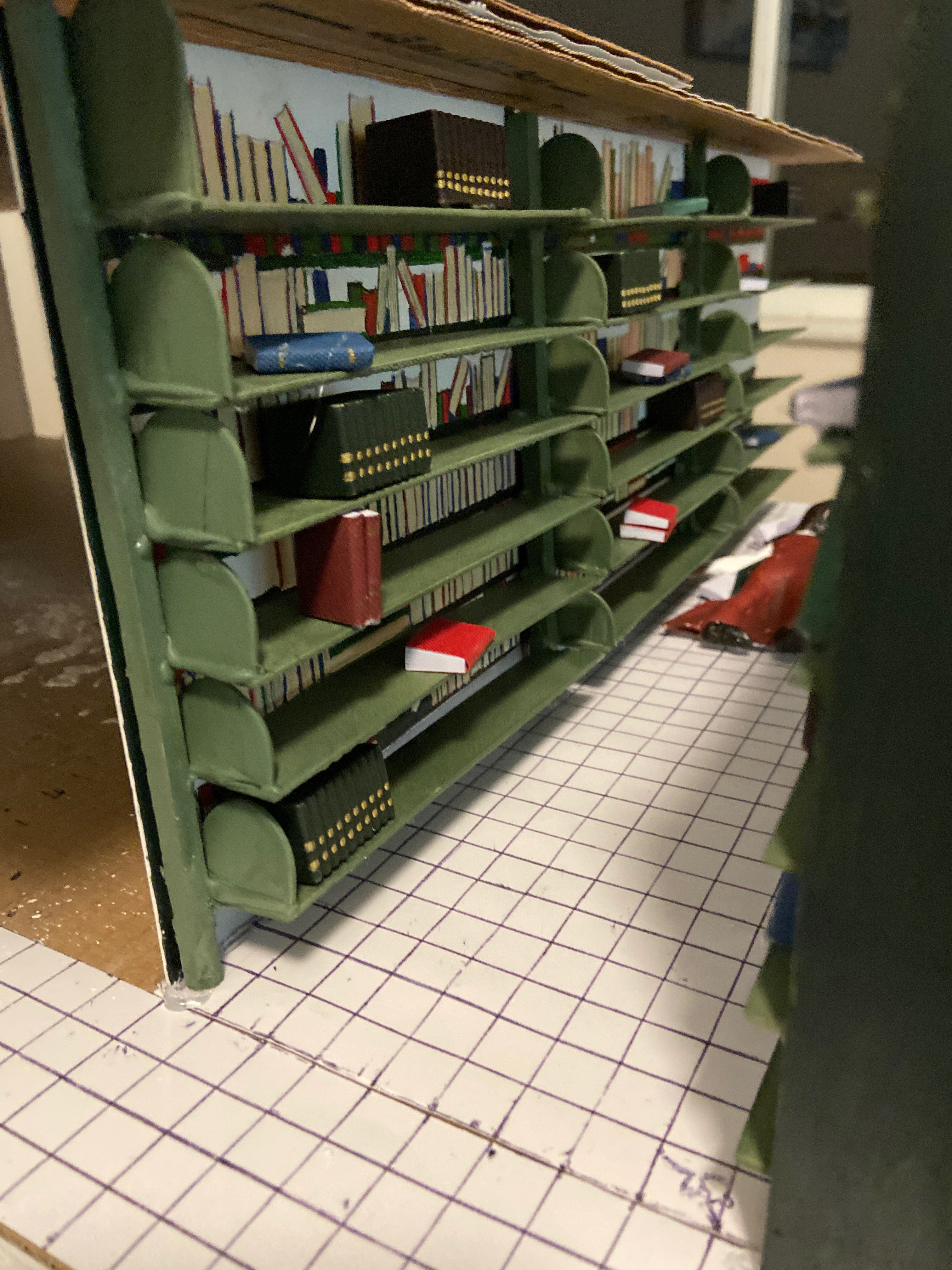Each semester, I ask my students to construct dioramas in the style of Frances Glessner Lee’s Nutshell Studies of Unexplained Death.
This means reckoning with the body- in or out of its context, left behind, dumped, the object of violence. In these cases, bodies provide the narrative, bodies are the narrative.

And, often, the stories bodies tell are ambiguous- clearly, something violent happened to them, but the story remains a riddle; the circumstances muddied by the elements, and by time.

Often, the bodies in question are missing- out of sight but still central, still holding the power to fascinate. In all cases, the dioramas are about ways of seeing the (in)visible body. They’re about seeking information, using image as a way to construct a narrative that suits the visible evidence and makes sense in its own context. They’re not about solving the mystery- about closure, whatever that means. Rather, they’re about learning to look, learning to read the body in its context as text, to reconstruct the circumstances of its unmaking.
